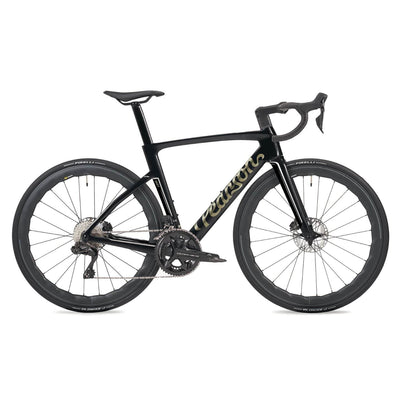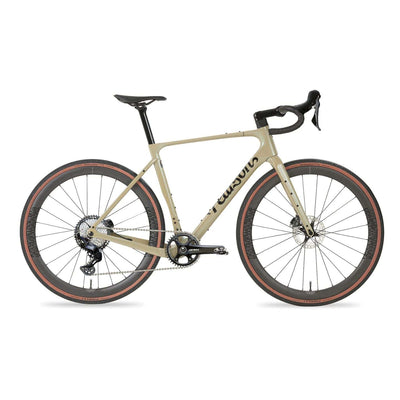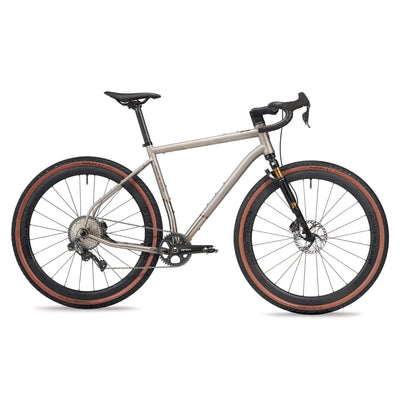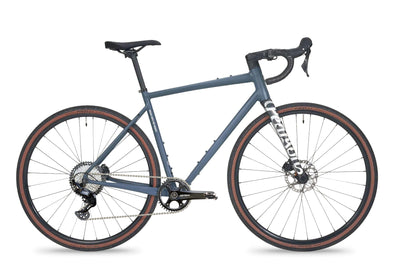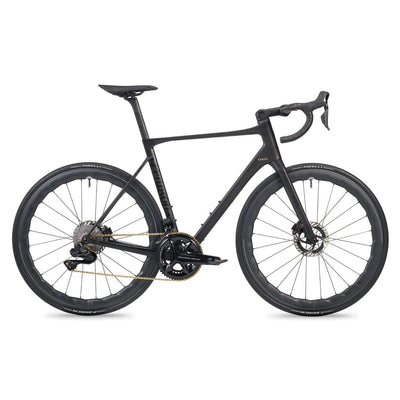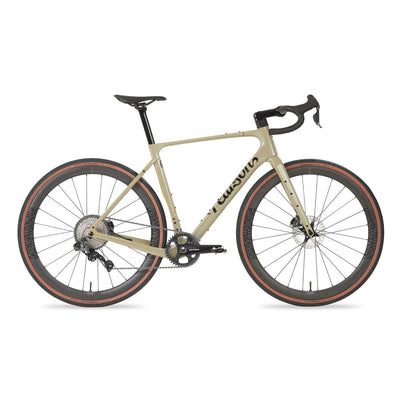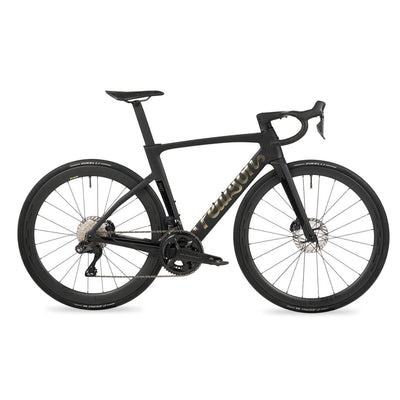What to look for in a cycle helmet, how to look after it and when to replace yours.
A cycle helmet is an essential piece of protective equipment when you take to your bike. Here’s what to look for in a new helmet and how to take care of yours.

A cycle helmet has to do a lot. Its main job, of course, is to keep your head better protected if you do have a crash and all helmets have to pass a rigorous battery of mandatory tests before they can be sold. The tests differ by region, but all helmets will usually have been certified to all the different standards globally, so that they can be sold worldwide.
But a helmet that’s uncomfortable to wear would be an annoyance and one that doesn’t fit well won’t protect you properly in a crash, so helmet makers put a lot of effort into making them comfortable, lightweight, secure and adjustable.
With the ever-increasing emphasis on aerodynamics in cycling, a helmet shouldn’t slow you down either, but still needs to offer enough airflow that your head won’t overheat while you’re riding.
The most crucial thing is that a helmet should fit you correctly. That’s not easy to get right, despite the range of fit around the circumference of your head and the up and down adjustment of the rear cradle that all helmets offer.

You can start off by measuring your head’s circumference - or maybe you know what size your last helmet was - so that you get the right size, but some helmets have different internal shapes to others. That can mean that a helmet can flop from side to side if it isn’t quite the right shape for your head.
I’ve tested helmets that, although the right size for me, haven’t fitted well front to back either, so that the rear of the shell has been tight against my head and rested on my occipital bone (the bump at the back of the skull). Others have been a bit loose side-to-side, although the adjuster makes that easier to rectify.
Another component that will affect helmet comfort is the padding material and where the pads are placed in the helmet shell. Many helmets have some sort of antibacterial treatment of the pads and you’ll have a pad over the brow, the crown of the head and temples, but how large these are and exactly where they are placed will vary between helmets. Some are quite small - Catlike’s helmets used to have tiny pads - while others cover a lot of your head, particularly if they include a bug net. Spiuk’s helmets were a good example a few years ago.

There’s a lot of adjustability to helmet straps and most are made of similar webbing. But some brands have adjustable dividers, where the straps meet below the ears, whereas others sew the two straps together. For most people, there’s probably not much to choose between them, but again it’s worth checking a few helmets if you do have a problem with strap fit.
Some brands have a covering over the chin strap, including Kask which uses a faux leather chin strap on many of its helmets, including the new Protone Icon helmet. If your neck and throat are prone to irritation from your straps, it may be a feature to look for.
So it’s well worth trying before you buy to make sure that the helmet that you’re considering can be adjusted to fit properly and comfortably. We sell Kask helmets in store, so come in and visit us to try some on if you’re looking to buy a new helmet.
What type of helmet suits your riding?

When you’re looking for a new helmet, you need to consider what you’re going to use it for. A helmet like the Kask Valegro will give you plenty of ventilation, so it’s a good option if you’re riding somewhere hot and hilly or if you ride gravel, where speeds are typically lower. The Valegro is light too.
On the other hand, there’s an aero benefit from a helmet like the Kask Utopia if you’re riding faster. An aero road helmet like the Utopia will usually be a bit heavier than a more vented design and there may be less airflow though.
If you’re planning to time trial, the trend to enclosed aero designs goes even further, while urban cycling helmets typically have an enclosed dome shape. MTB helmets are different again, usually with a deeper fit, a peak and sometimes a chin guard if they’re designed for downhill riding.
Do I need MIPS?
 Many cycling helmets now include MIPS. Developed by a Swedish company, this usually consists of a plastic insert on the inside of the helmet shell that’s loosely attached to it.
Many cycling helmets now include MIPS. Developed by a Swedish company, this usually consists of a plastic insert on the inside of the helmet shell that’s loosely attached to it.
Oblique impacts, where the head glances off an object are not uncommon in cycling crashes and can cause concussion from rotation of the helmet and skull relative to the brain. MIPS aims to reduce this by allowing the helmet to slide slightly relative to the head, so that less rotational force is applied to the brain.
MIPS’s original research was based on computer simulations, but it’s now been borne out in independent testing, although some (including Kask) still question whether the test conditions, which like the statutory tests that all helmets have to pass use a solid headform, accurately simulate reality. There’s a lot more about MIPS here.
The best known helmet safety tests are performed by Virginia Tech in the USA, who publish an annual league table of results. The majority of top rated helmets, including the current best-performing road helmet the Specialized Prevail III, incorporate MIPS.

There are alternatives to MIPS though, also designed to reduce impact forces transmitted from the helmet to the head. POC has its SPiN system which uses gel pads, while Bontrager helmets use WaveCel, which is a crushable layer inside the outer shell which collapses in an impact. Koroyd is another technology that works similarly to WaveCel and is used by Smith and Endura.
There are also now different MIPS implementations. Giro’s top end helmets including the Aether use MIPS Spherical, where the MIPS layer is built into the shell. There are two separate EPS (expanded polystyrene) foam layers that can slide relative to each other. It does result in a more bulky, heavier helmet, but is more comfortable and better integrated than the standard MIPS insert. Then there’s MIPS SL, used in some Specialized helmets, that is designed to lower interference with the helmet’s vents and padding.
Kask uses none of these. Its helmets are designed to conform to and exceed the latest European standards which address oblique impacts without incorporating MIPS. It has its own rotational impact testing process which its helmets have all passed.
How should I look after my helmet?

Kask recommends that its helmets should only be cleaned with water, pH-neutral soap and a soft, clean cloth. Your helmet should then be left to air dry at room temperature. Never use detergents, solvents, petrol or abrasives on your helmet, no matter how dirty it’s got, as this could damage the helmet. Don’t apply stickers to it or try to paint it either. With all helmets being made of similar materials, Kask’s advice applies regardless of the brand of your own helmet.
You can also wash Kask’s linings by hand in cold water or remove them and wash them in a washing machine on a 30C setting. It’s a good idea to use a wash bag to keep the pads out of the machine’s internals. You can buy replacement pads for Kask and the majority of other helmet brands and some helmets are supplied with multiple pad sets.
Always store your helmet dry and out of direct sunlight and away from heat sources.
When should I replace my helmet?

A helmet isn’t for life and needs to be replaced regularly. It’s a fragile item and can easily be damaged.
Kask recommends that you replace your helmet at around three years from its date of manufacture, which can be found on the inside of the helmet. That’s because the materials age, so your helmet will provide less protection over time.
Some things that Kask highlights that can cause a helmet to deteriorate more quickly include sudden temperature changes, exposure to direct sunlight and just how much it’s used. Don’t leave your helmet for long periods in a hot car either.
There are also the obvious things that might mean that your helmet needs replacing, like if you’ve been involved in an accident. Kask and other brands say that you should replace it even if no damage is visible, as its capacity to absorb further impacts could be impaired. Even if you’re not wearing it, a violent impact or dropping it can cause damage to your helmet.

Josh Patterson / Immediate Media
Kask recommends inspecting your helmet regularly. Look out for cracks, detached parts, warping, flaking or changes in colour, which could indicate that it may be deteriorating, it says.
It’s easy to gouge the EPS foam on the inside of the helmet and some helmets don’t cover the EPS foam at the bottom edge of the helmet shell, which can also leave this area prone to damage.
So take care of your helmet and it will take care of you. Just don’t expect it to last forever.
We choose to stock a range of popular Kask helmets in our Sheen store and online.


